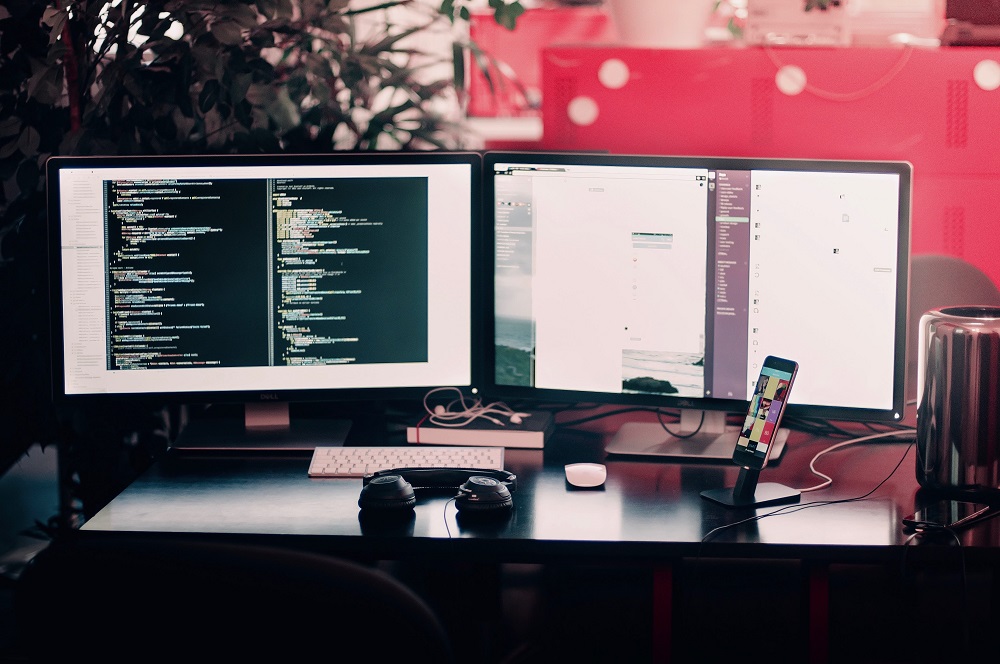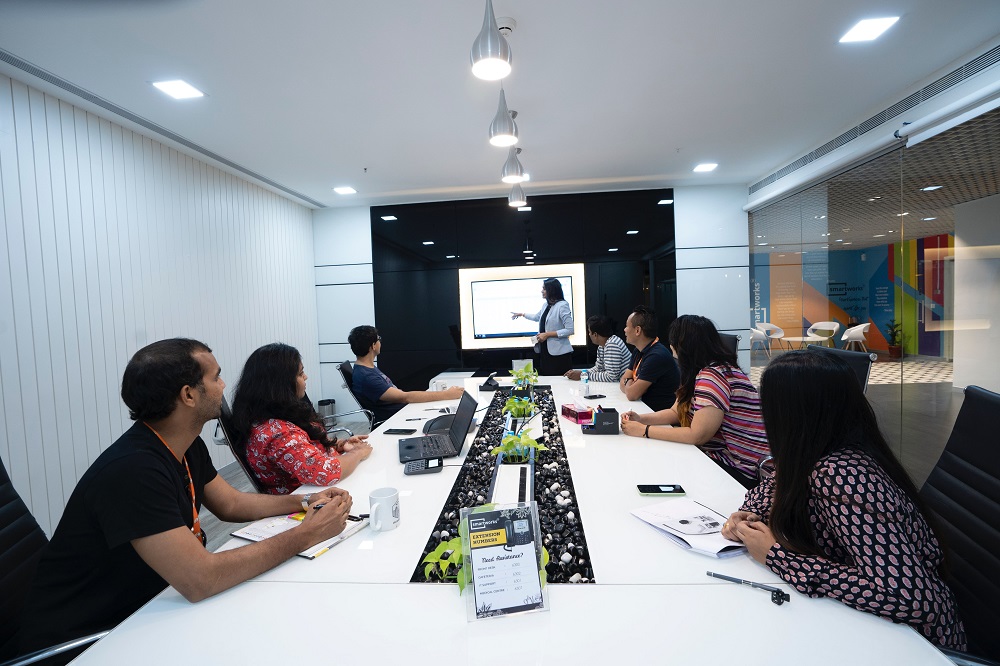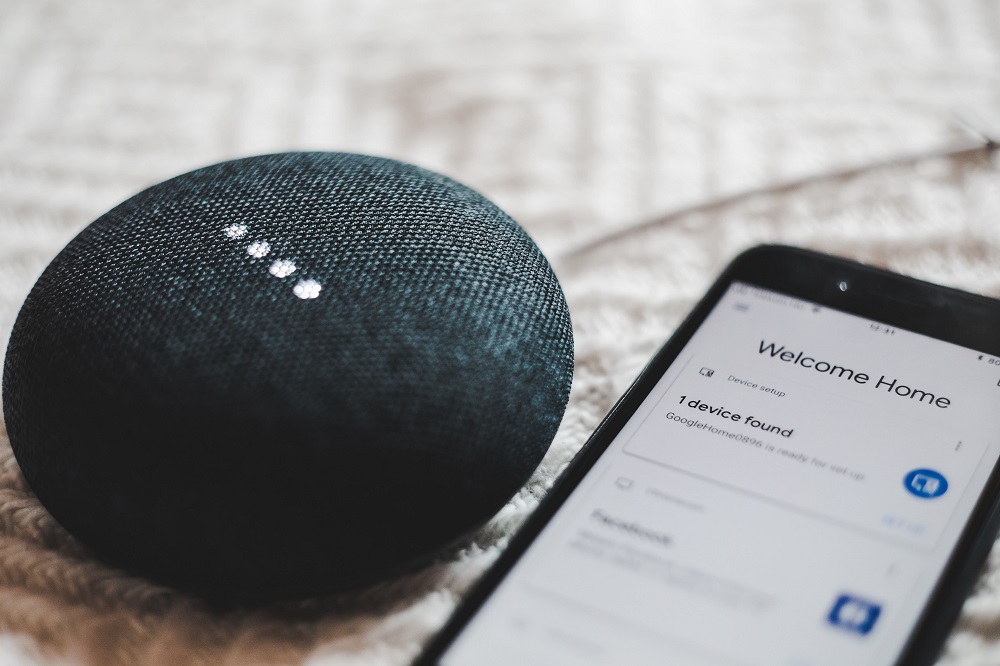IoT has been a revolutionary substance over the years. The world is seeing consumers benefiting from the enhanced lifestyle use cases as billions of gadgets, services, and systems are connected, while businesses are becoming more effective as they reduce operating costs and maximize asset utilization. As edge connected devices transform the paradigm from central clouds to decentralized, omnipresent intelligence, IoT will work hand in hand with real-time artificial intelligence (AI).
IoT has made everybody’s life simpler and easier as it enables consumers to make restaurant reservations via smartphones, monitor health via smart watches, and track & monitor home temperature & humidity via smart home technology. Smartphones, fitness trackers, portable wireless speakers, and internet-enabled TVs are some of the most popular consumer smart devices, with each accumulating millions of shipments each year. Not only this, but it is also progressively transforming the retail sector too. Walmart is using AI to help analyze over 1.5 billion messages every day collected via IoT devices. They use this data to manage key tasks, like predicting in-store maintenance needs.
Read more: Technology Outlook 2023: How is Blockchain Changing the World?

An increase in cloud adoption, high usage of smartphones, wide availability of high-speed connectivity, and the need for low-sensor technology are some of the factors driving the need for IoT-connected devices. As predicted by IoT Analytics Research, there will be more than 25 billion IoT connected devices by 2025. The deployment of these billion devices has been and will be seen across multiple industries, such as agriculture, energy & utility, healthcare, manufacturing, automotive, and the public sector, among others. The agriculture sector is one of the promising sectors in the IoT industry, likely to grow at a rate of more than 10% by 2030, as reported by Data Bridge Market Research. The industry is witnessing the most popular gadgets like farming sensors and weather stations, thereby ensuring valuable data collected by smart sensors, lower production risks, reduced environmental footprint, and cost management. Some examples of agriculture IoT devices include Farmapp, Growlink, allMETEO, Smart Elements, and Pycno.
Read more: Tech Trends 2023: How is Metaverse Transforming Software Development?

Additionally, on the basis of industry, the manufacturing industry is one of the largest revenue generating industries. The growth is attributed to the surging demand for industrial automation, the need for cost-effective and efficient connected devices, and the rapidly growing demand for IoT devices among businesses. The adoption of industrial automation across the industry has increased overall productivity, better quality, and enhanced consistency by reducing direct human labor costs. Furthermore, all kinds of businesses, from small to large, are increasingly integrating IoT-enabled products to build digitalized and connected manufacturing processes with immense customization.
Strategic Initiatives by Vendors
To sustain the growing competitive market, IoT vendors are striving to come up with innovative products by undertaking strategic initiatives, for instance, in Dec 2022, KORE, a worldwide IoT Connectivity-as-a-service (IoT CaaS) provider, partnered with Google Cloud to bring IoT capabilities to global businesses. The alliance brings together KORE’s expertise in simplifying the complexities of IoT deployment paired with Google Cloud’s data and analytics experience. Also, as disclosed by SAP SE, in Nov 2022, Schneider Electric and SAP announced they had signed a memorandum of understanding (MOU) to discover new opportunities to explore industry innovation and digital transformation, as well as to drive standards and foster integration of IT and OT technology to benefit industry customers.

Read more: The Future of Mobility: Top Trends to Watch Out for in 2023
With rising population and urbanization, many cities across regions are now transforming to technology equipped areas, resulting in an increased demand for IoT products, solutions, and services. Regional governments are increasingly investing in smart city infrastructure. As per the SmartAmerica Challenge, the US is likely to invest more than USD 40 trillion in the next 20 years to deploy IoT solutions and upgrade infrastructure. This will supplement the growth of the IoT market and will create lucrative global opportunities for the vendors.
With a presence in New York, San Francisco, Austin, Seattle, Toronto, London, Zurich, Pune, Bengaluru, and Hyderabad, SG Analytics, a pioneer in Research and Analytics, offers tailor-made services to enterprises worldwide.
A leader in the Technology domain, SG Analytics partners with global technology enterprises across market research and scalable analytics. Contact us today if you are in search of combining market research, analytics, and technology capabilities to design compelling business outcomes driven by technology.









